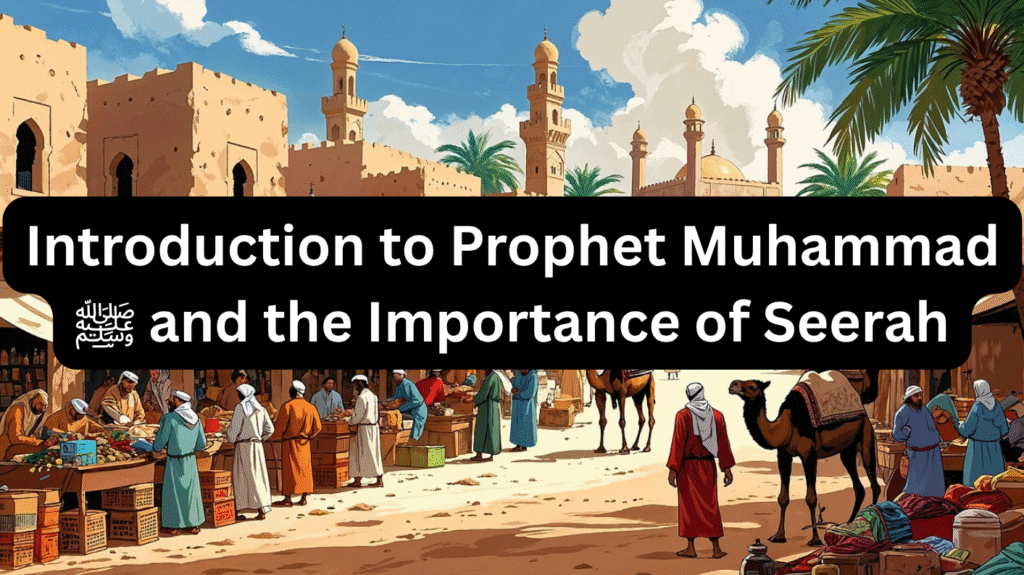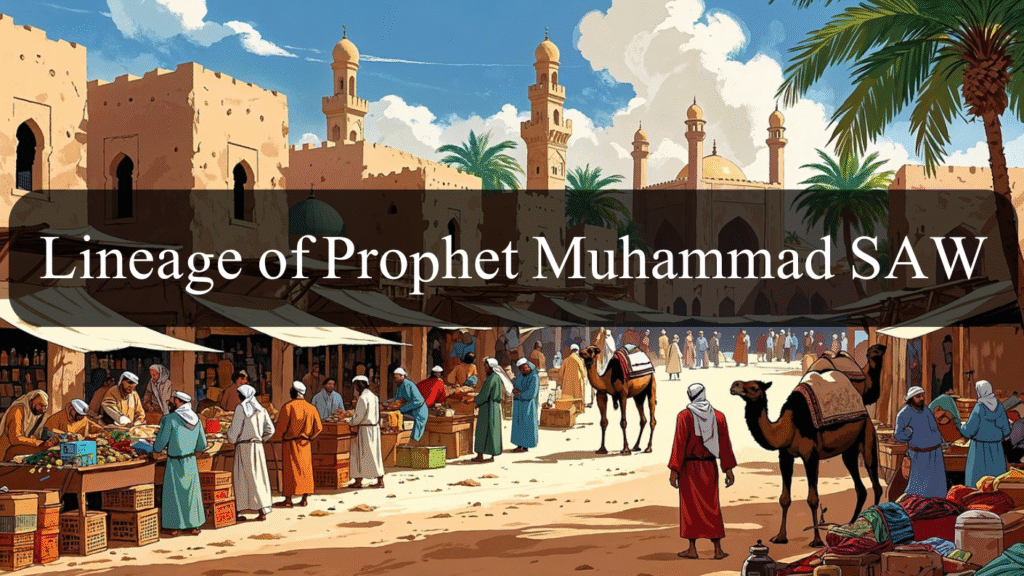Abu Talib, the uncle of Prophet Muhammad (PBUH), was one of the Prophet’s strongest protectors during the early years of Islam. Though he never embraced Islam, his unwavering support shielded the Prophet from the brutal hostility of the Quraysh. The year in which Abu Talib passed away, along with the Prophet’s beloved wife Hazrat Khadija (RA), is known as Aam al-Huzn (The Year of Sorrow).
This period marked a significant emotional and strategic shift in the Prophet’s mission.
The Role of Abu Talib in Islam’s Early Struggle
Abu Talib, a respected chief of Banu Hashim, took care of the Prophet after the death of Abdul Muttalib. When the Prophet declared his Prophethood, Abu Talib stood by him even though he faced immense pressure from the Quraysh. His leadership prevented the Quraysh from killing the Prophet.
Even when the Quraysh demanded he hand over Muhammad (PBUH), Abu Talib firmly refused, saying:
“By Allah! They shall never reach you as long as I live.”
His protection was political and tribal vital in an era where clan loyalty determined survival.
The Loss of Abu Talib The Shield Breaks
In the 10th year of Prophethood, Abu Talib passed away, weakening the Prophet’s political cover in Makkah. Shortly afterward, Hazrat Khadija (RA) also passed away. Her emotional and financial support had been essential since the first revelation.
This dual loss crushed both the external protection and internal comfort of the Prophet.
The Quraysh, who had once been cautious due to Abu Talib’s presence, began to openly insult, mock, and physically harm the Prophet. In one incident, a man threw dirt on his head while he walked the streets of Makkah.
The Prophet (PBUH) said:
“Quraysh never caused me the same level of harm as they did after the death of Abu Talib.”
Hazrat Khadija’s Passing A Spiritual Grief
Hazrat Khadija (RA) was the Prophet’s first wife and the first person to accept Islam. She stood by him when no one else did, offering her wealth, trust, and love. Her home was the Prophet’s safe space during times of rejection and ridicule.
When she died at age 65, the Prophet lost his most devoted companion. He would remember her affection throughout his life and often mention her generosity and belief in him when others doubted him.
Why It Is Called “Aam al-Huzn” The Year of Sorrow
The loss of Abu Talib and Hazrat Khadija in the same year made 10th Nabawi one of the most painful years in the Prophet’s life. He not only lost loved ones but also faced rising hostility. His visit to Ta’if shortly after these deaths ended in public humiliation a clear indication that the tide had turned against him in Makkah.
This year came to be known as “Aam al-Huzn”, meaning “The Year of Sorrow”. It reflects both the emotional grief and the strategic hardship the Prophet endured.
Abu Talib’s Faith A Controversial Discussion
While Abu Talib did not openly accept Islam, scholars are divided. Some believe he died on the religion of his forefathers, while others argue that he may have believed secretly but remained quiet to preserve his political influence.
Regardless, his contributions to the protection of Islam are undeniable. Without his courage, the early Islamic movement might not have survived those critical years in Makkah.
The Aftermath Increased Challenges, Stronger Faith
After the Year of Sorrow, the Prophet’s hardships intensified. However, his trust in Allah only grew. He was soon rewarded with Isra and Mi’raj the miraculous night journey and ascension, which spiritually uplifted him after a year of suffering.
Legacy of Abu Talib and Hazrat Khadija
Both Abu Talib and Hazrat Khadija (RA) left a deep impact on the Prophet’s life and the early Islamic community. The Prophet (PBUH) honored their memories always, never forgetting their sacrifices.
“She (Khadija) believed in me when people disbelieved.”
“Abu Talib was my protector when I had no other.”
Conclusion
Abu Talib’s death marked the end of a protective era for Prophet Muhammad (PBUH), while Hazrat Khadija’s death marked the loss of emotional support and spiritual companionship. Together, these events made the Year of Sorrow (Aam al-Huzn) a year of severe trials. But it was also a year that prepared the Prophet for the next phase Hijrah to Madinah and the eventual rise of Islam.





